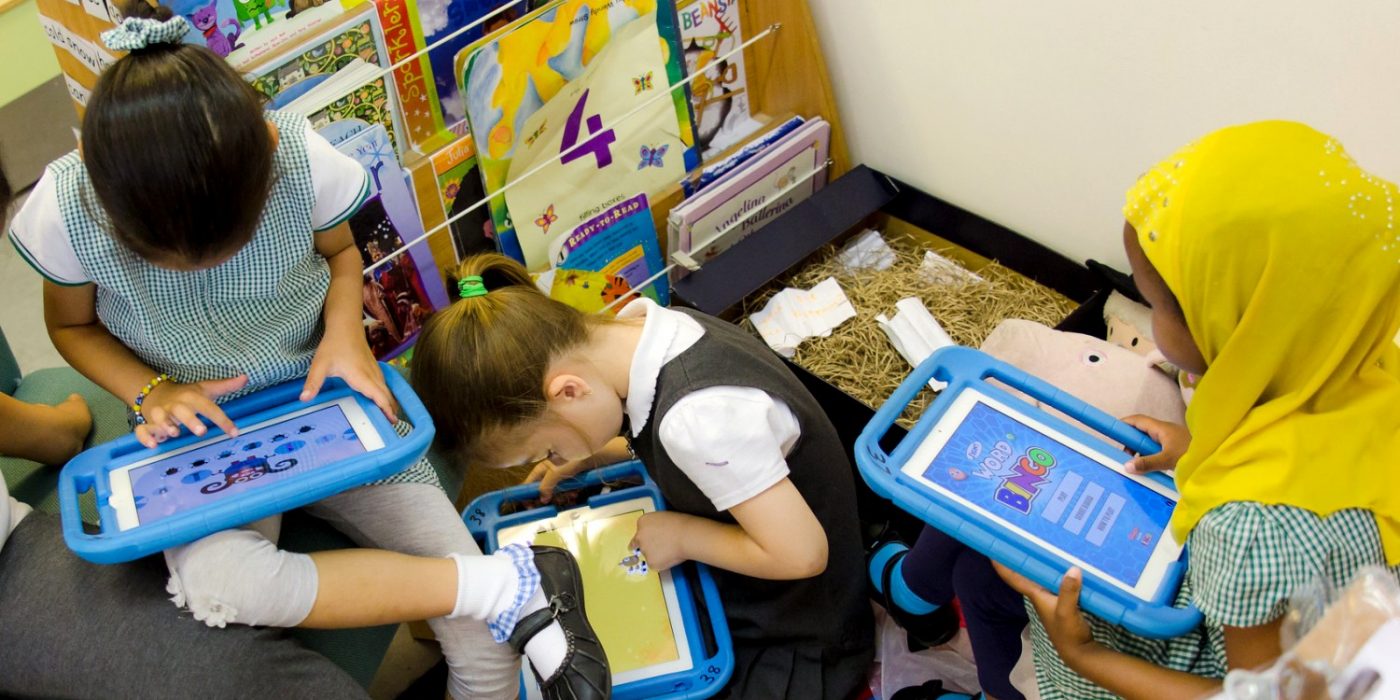Teachers vary in their understanding of bilingualism and the processes of additional language acquisition. Some teachers are bilingual or multilingual themselves and have a wealth of personal experience to draw on. Others may be very familiar with multilingual school environments. Some may have limited contact with bilingual or EAL learners.
Here we outline aspects of bilingualism and the development of first and additional languages which can inform teachers’ approaches to bilingual/multilingual and EAL learners in schools. Teachers should, for example, be aware that:
- The learner’s first or home language plays a significant role in the learning of the additional language in terms of cognitive, linguistic and socio-cultural influences.
- Learning an additional language will not necessarily proceed in an orderly and systematic fashion. Learners will use prior linguistic, learned and world knowledge. They are more likely to learn when there is a need to communicate and to express themselves for academic and social purposes.
- Most EAL and bilingual learners will develop a functional level of English in the first two years of schooling in English but they will need continued support to develop the cognitive academic language proficiency necessary for academic success.
- The use of pupils’ first (or stronger) language can be very beneficial in the development of an additional language
- Learning a new language and becoming bilingual is also about learning and living in different societies and cultures. It is not just about acquiring a new language, but also about understanding another culture/s and possibly developing a bi/multilingual identity.
Last updated
February 2023
Member only content
The remaining content on this page is available to members only.
To access it and join NALDIC, click the button below.
or if you are a member...


